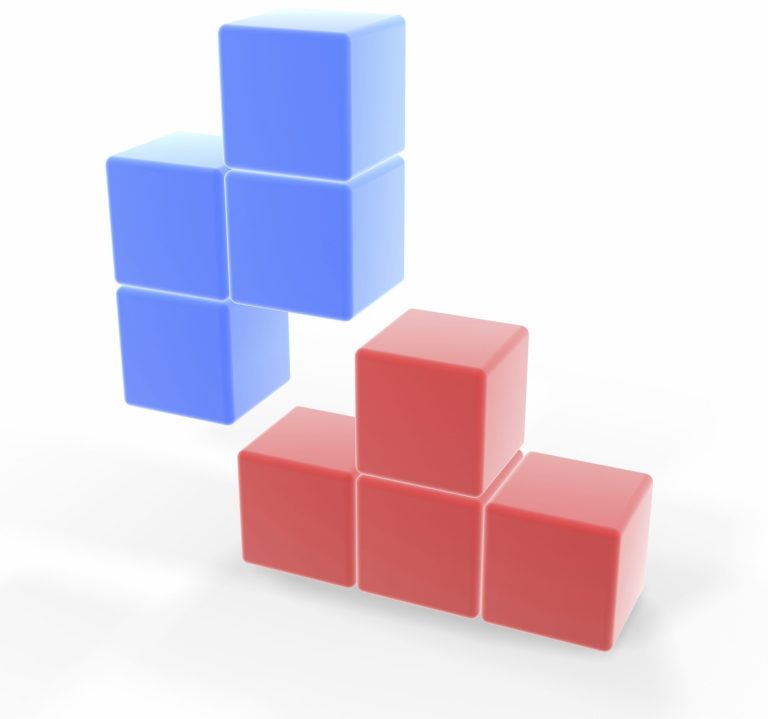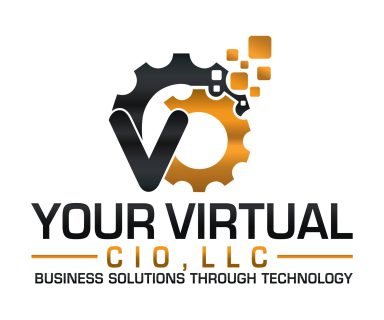Your Virtual CIO, LLC
IT Done 'Right'
Every business needs two systems housing information classified as follows:
- Accounting
- Every business needs a General Ledger (G/L) function/module.
- Every business needs an Accounts Payable (A/P) function/module.
- Any business that invoices customers for payment later needs an Accounts Receivable (A/R) function/module.
- The A/P and A/R module should be tightly integrated with G/L.
- Operational
- The operational system contains and maintains all operational data of the business. Some of this data relates to accounting entities and events that need to be passed to accounting.
- Customer data and invoices should be interfaced to A/R.
- Payee (Vendor) data and invoices to be paid should be interfaced to A/P.
- Transactional data that is fed to accounting needs to be received back in operational system for updated activity so the operational system ‘knows’ what took place in accounting.
The following lists the items to focus on for improved productivity:
- Significantly reduce or eliminate redundancies that inflate costs and stifle productivity.
- Employ ‘best of breed’ applications where possible.
- Logically separate your accounting functions and operational functions and integrate data between systems and modules
- Eliminate ‘over-complication’ of applications through architecture that ‘fits’ the business.
To get it done ‘right’, you need a resource who knows what is needed by the company from a business standpoint and who also understands the technology behind it and how it works. When you do finally choose the ‘right’ system and configure it and set it up the ‘right’ way, you will be positioned to grow at a faster pace, take on new business without an increase in costs and resources and will be set for many years to come while keeping administrative costs low and steady.
Once done ‘right’ you will see the following benefits:
- Lower recurring/administrative costs for your accounting and operational systems
- Lower hardware requirements/costs due to the elimination of hardware components no longer needed.
- Significant reduction in time spent by accounting and operations on the preparation of financial statements and the administration of operational data.
- Higher quality results due to the improvements gained in module integration and effective chart of account design.
- Fewer reconciliations and errors
- Improved reporting capabilities both from an access point of view and content.
- Better positioned to take on new business for current lines of business as well as for mergers/acquisitions.

We need your consent to load the translations
We use a third-party service to translate the website content that may collect data about your activity. Please review the details and accept the service to view the translations.
